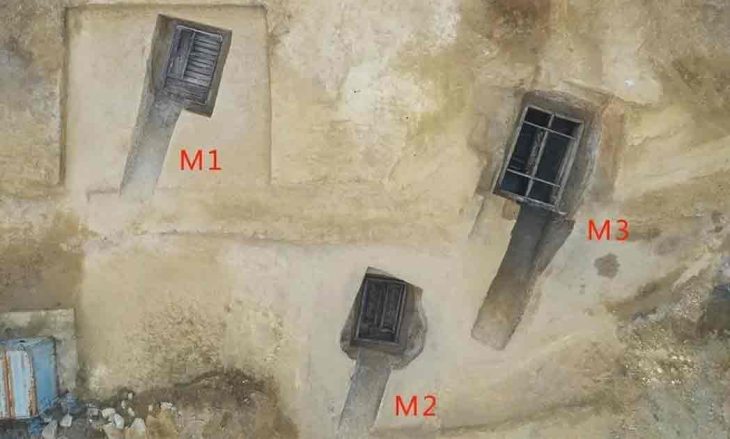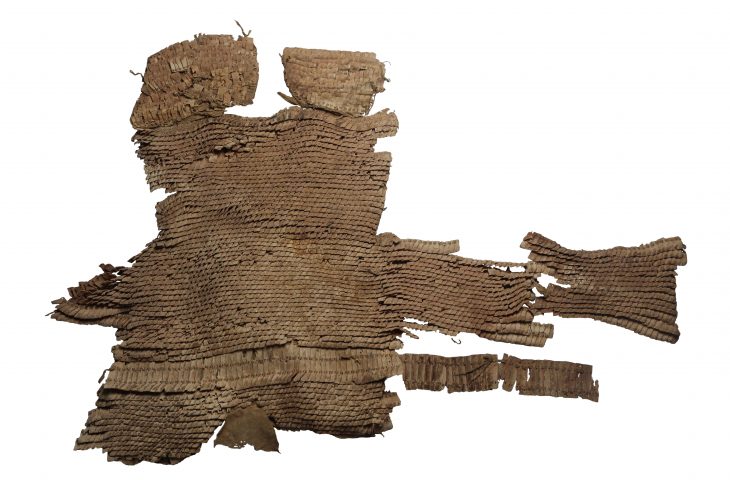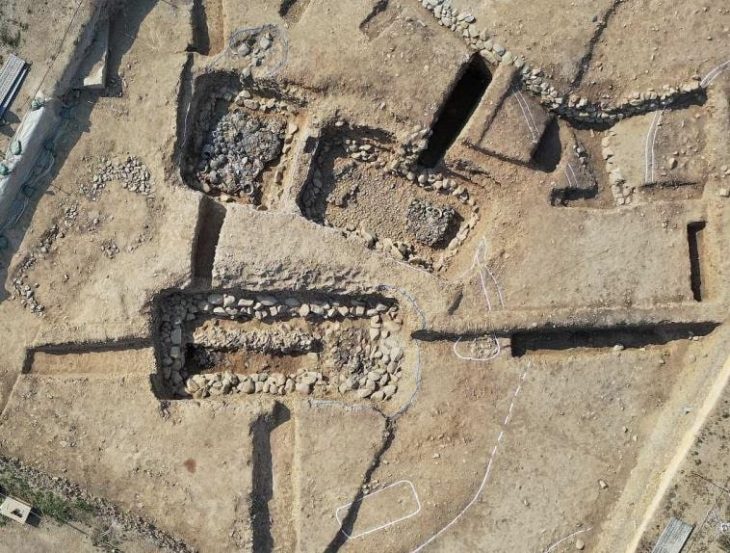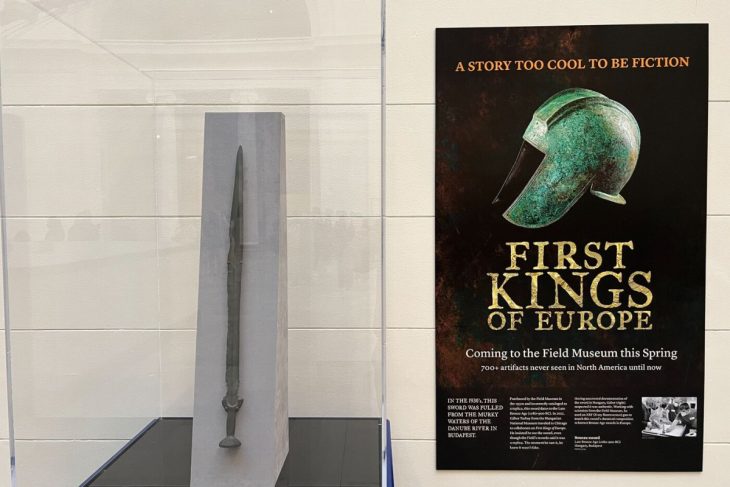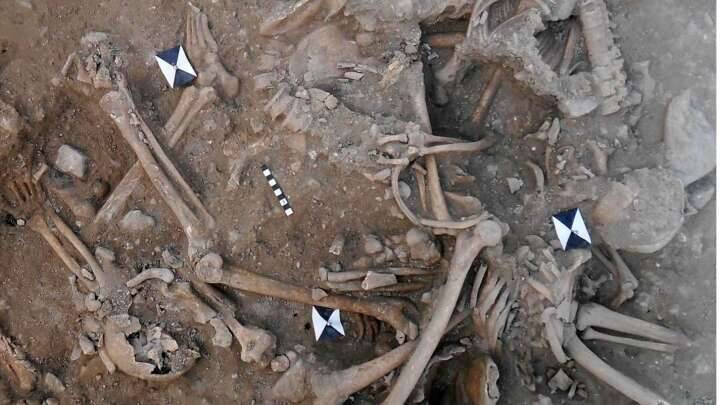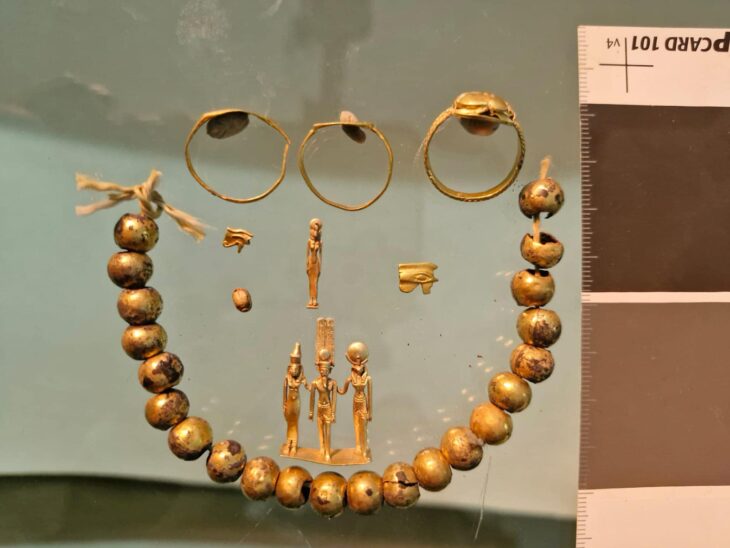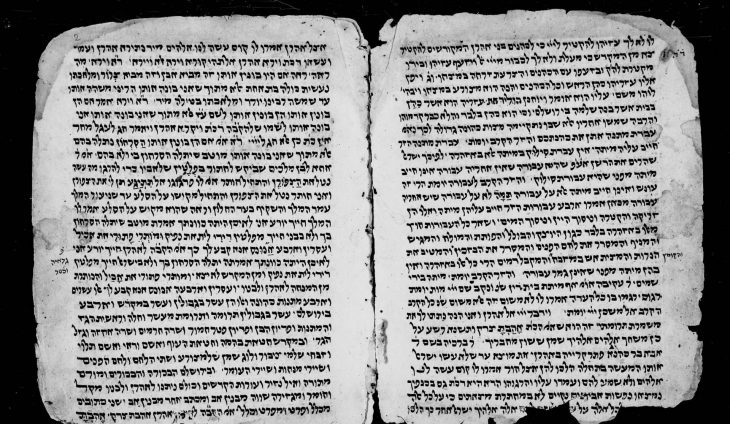An “exceptionally rare” solid gold sword pommel found by a metal detectorist near Blair Drummond, Stirling, has been acquired by National Museums Scotland.
The impressive find was found in 2019 and is believed to date back to 700AD.
The gold decoration which would have sat at the top of a sword handle measures 5.5cm wide, weighs 25g, and was valued at about £30,000. The find has been described as “hugely significant”.
Dr. Alice Blackwell, senior curator of medieval archaeology and history at NMS, said the opulent object, decorated in gold filigree, is like nothing else found in the UK before.
Despite its impressive, decorative detail, she said it remains unclear as to who exactly it belonged to more than a thousand years ago.
📣 Our WhatsApp channel is now LIVE! Stay up-to-date with the latest news and updates, just click here to follow us on WhatsApp and never miss a thing!!
The solid gold object has intricate goldwork with religious motifs and fantastical creatures that are covered in garnets.
Dr. Blackwell said: “It certainly has a lot of inheritance from Anglo-Saxon art, but it belongs to this period of the most amazing creative fusion where different types of styles and art and techniques for making things were all melted together to make something new.”
She said its decoration combined elements from both Anglo-Saxon England and the kingdoms of Early Medieval Scotland.
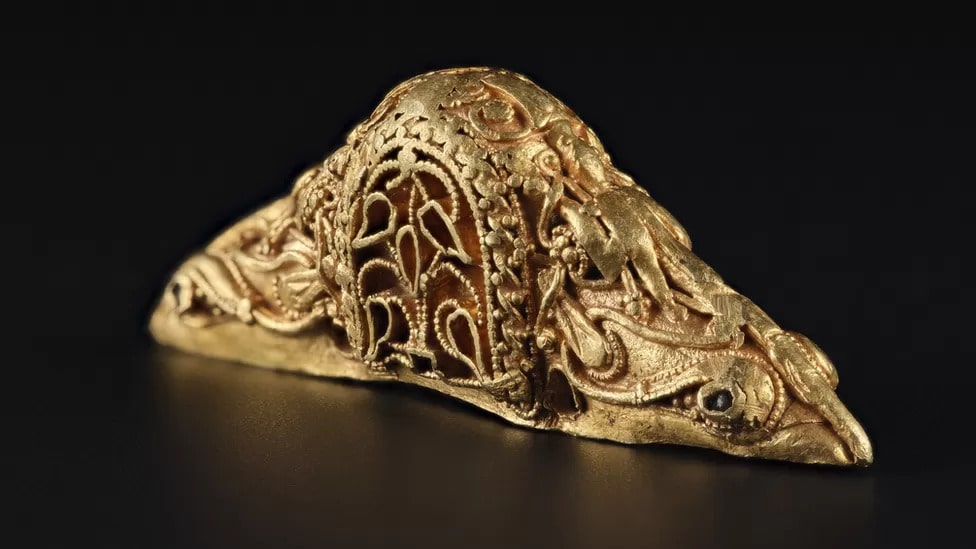
“Early medieval Scotland is a really interesting period,” Dr. Blackwell said.
“You have a number of culturally distinct kingdoms and the pommel’s design has taken from the different cultures and melded them together “
That melding of different cultural styles is known as the “insular art” style, which was made famous by illuminated manuscripts such as the Lindisfarne Gospels.
Closer inspection revealed the piece has eyes and a beak at each end.
Dr. Blackwell said these represent the head of a bird of prey pointing outwards from the center of the object.
“The decoration is quite clearly Christian,” she said, “mixing old-fashioned animal, protective motifs that you see on Anglo-Saxon art with very clear Christian iconography.
“There are two panels, one on each side, and one has a symbolic cross made of geometric shapes, and the other looks like a pot plant. And those twin motifs are the cross, as in the crucifixion, and the tree of life, which is about resurrection, so it’s about death and rebirth.”
“But you also have mythical beasts crawling up the sides, so there are all sorts going on. It’s so visually rich, and it’s that which sets it apart from anything else that’s been found in the UK.”
However, she said it potentially could have belonged to royalty due to the higher standard of goldwork the pommel had compared with other goldware found in this period.
“In a way this is the start of the artifact’s journey,” Dr. Blackwell said.
“A lot of research and work is still to be done to uncover what stories it can tell us about the political and cultural landscape of Northern Britain at this time.”
The pommel was found towards the end of 2019, but NMS said that due to restrictions during the pandemic decisions about its acquisition were delayed.
Cover Photo: National Museums Scotland

